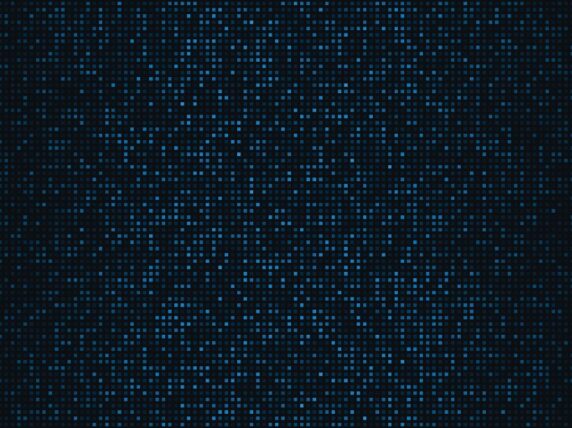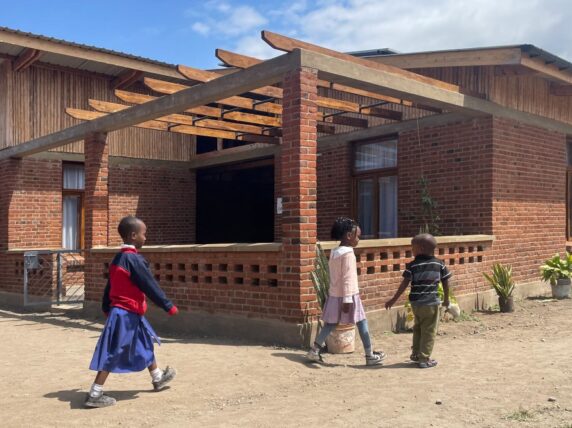Why inclusive data is crucial to leaving no-one behind
To be able make more inclusive laws, policies and decisions, we need to understand the barriers and issues faced by all members of society, especially people who are the most excluded and marginalised.
Data can help us do this. It enables us to see where change is needed, allowing us to reach everyone, help them realise their rights and ensure that everyone is part of process.
However, the SDG progress report paints a stark picture of where the world currently stands on inclusive data collection. Of the 11 indicators requiring disaggregation by disability, we only have data for two. If we are not collecting and analysing data from the entire population, we cannot accurately say we are leaving no one behind.
Data and disability
Across the world marginalised groups, such as people with disabilities, are not counted in data and are therefore not considered in the decision making that affect their lives. Millions of people are invisible to decision makers.
A core focus of Sightsavers’ mission is that people with disabilities can participate equally in society. For us, inclusive data means collecting data primarily on disability, sex and age, and bringing in other dimensions such as geography and income where relevant and valuable. This is important for us as we want to assess whether we are being equitable in our programmes.
What makes this more important is that many governments don’t even know how many people with disabilities live in their countries, let alone if they are meeting their rights to healthcare, education, work and participation in society.
We advocate for governments and global organisations to collect disability data so that the 1.3 billion people around the world who have a disability are represented in data, and that data collected on education, healthcare and politics can be disaggregated. We cannot strive towards leaving no one behind if we are not considering 16% of the world’s population. Collecting the data is the first step, but then we need to analyse and, critically, use the data to develop policies to reach those who are most marginalised.
People with disabilities face intersecting forms of discrimination on the grounds of gender, impairment type, age, ethnicity, location and other factors. This all contributes to disability-related marginalisation. Collecting disability data alongside other factors gives a better understanding of intersectionality and who is being left behind.
At Sightsavers we are in a unique position as we already routinely collect disability data. We use the data we collect to further inform our work, improve our models and build on our learnings.
I recently attended the Festival de Datos in Uruguay to share our knowledge and learnings on how to collect and use inclusive data, and to learn from other members of the data community.
Festival de Datos
Building on from the first ever Data for Development Festival in 2018, the 2023 Festival de Datos took place in Uruguay from 7 – 9 November 2023. Hosted by the Global Partnership for Sustainable Data, it was attended by over 500 people representing governments, the UN, multilaterals, companies and civil society from 93 countries. The Sightsavers team and I took part in a range of activities focused on innovation and collaboration in support of inclusive data and accountable data governance that puts people at the centre. It was great to see that one of the central themes of the festival was “Advancing the availability and use of inclusive data so no one is left behind”.
Over the course of the festival, we spoke at three sessions where we demonstrated how localisation of inclusive data can support the achievement of the SDGs. We highlighted opportunities that exist for advocacy to make data collection and use more inclusive. We also shared examples from Sightsavers’ work and our learnings on how to meaningfully engage marginalised groups and facilitate connections between local and national level actors such as our work in Cameroon.
Sightsavers’ data work has helped people like Baba, a father of four who has a disability. Before he was identified through inclusive data collection in his community, he did not know that his children had the right to free school access due to his disability. Inclusive data collection enabled us to identify Baba and ensure his children benefited from free education.
This month, Sightsavers has reaffirmed its commitment to inclusive data and laid out how we plan to improve our collection, analysis and use of data in our new Inclusive Data Charter Action Plan, so we can reach more people like Baba.
Reflections
It was heartening to hear from others who are working on methods to include marginalised populations, for example collecting data on LGBTQI populations in Latin America, those who have experience in collecting data on multiple areas of discrimination, and those who are advocating for the whole data chain to be inclusive.
It was also encouraging to see the discussions going beyond data collection aspects to using the data collected to inform policy. This was accompanied by discussions about accountability to the populations that we are collecting data about and how to shift power to those affected by the data production, such as organisations of people with disabilities.
Artificial Intelligence and technological advances were also big areas of discussion. We know that these advances will help, but if we do not make data collection inclusive, AI won’t solve the problem. This was central to the townhall session we co-hosted which highlighted the need for a strong foundation of inclusive data from inception of emerging technologies. It was great to see these sentiments echoed during the closing speeches.
My key takeaway from the conference was that we need to remember the person behind the number. There were calls to put people back at the heart of the data, to engage communities in data production and to really think about the affect we want to have.
The data we collect is a means to monitor our progress towards the SDGs and create a more equitable world. But behind those numbers are people who need access to healthcare, education, work and participation in society. We must never forget that.
Category
News & Views



